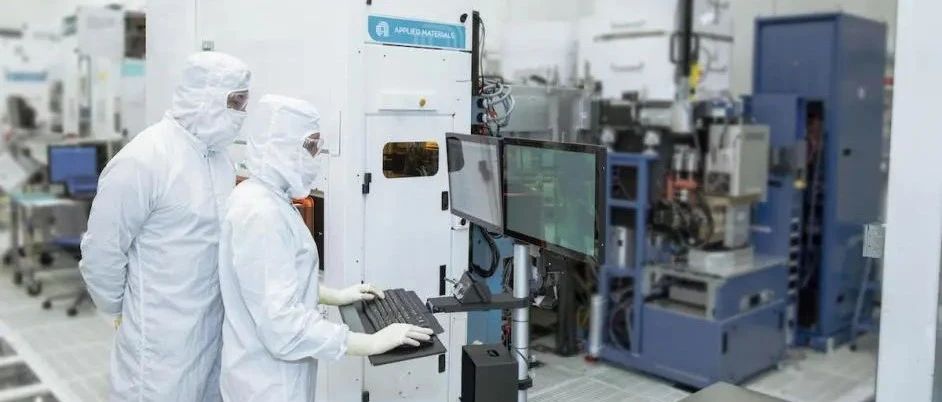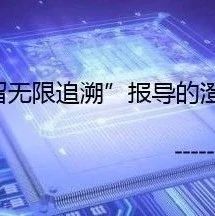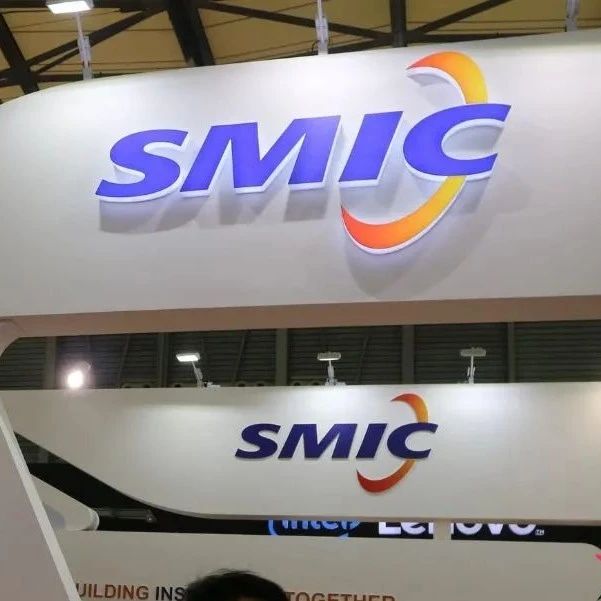美国正在考虑限制半导体设备出口
来源:本文由半导体行业观察编译自路透社,谢谢。
据路透社报道,美国正在考虑对半导体制造设备及相关软件工具,激光器,传感器和其他技术的出口实行新的限制,以防止它们落入中国等美国对手的手中。
美国商务部周三在政府网站上发布的消息称,它正在寻求公众对如何定义新技术的意见,因为它确定了在出口过程中“是否有特定的基础技术需要采取更严格的控制措施”。
过去两年,特朗普政府以国家安全为由,限制了对中国公司特别是电信公司华为技术公司的技术出口。
特朗普政府表示,新兴技术可用于“中国,俄罗斯或委内瑞拉”等对手的军队。
去年,美国政府最终敲定了一套狭窄的规定,以限制量子计算和3D打印技术等产品的出口。
商务部称,公众意见征询期有望在寻求保护其技术优势的行业中引起人们的兴趣,它将在明日预定于联邦公报上公布,并于60天后结束。
附美国官方消息:
Section 1758 (50 U.S.C. 4801) of the Export Control Reform Act of 2018 (ECRA) requires the Department of Commerce to establish appropriate controls on the export, reexport, or transfer (in country) of emerging and foundational technologies. Under ECRA, emerging and foundational technologies are those technologies that are essential to the national security of the United States and are not critical technologies described in Section 721(a)(6)(A)(i)-(v) of the Defense Production Act of 1950, as amended (DPA). ECRA notes the national security importance of U.S. leadership in science, technology, engineering, and manufacturing, including foundational technology that is essential to innovation. Items subject to the Export Administration Regulations (EAR) (15 CFR parts 730 – 774) that are not covered by the DPA’s definition of critical technologies are items controlled only for anti-terrorism (AT), crime control (CC), or short supply (SS) reasons, subject to United Nations (UN) embargoes, or designated asEAR99.
Section 1758 of ECRA requires that foundational technologies be identified, and that BIS establish appropriate controls for that technology under the EAR. At a minimum, such controls would apply to countries subject to an embargo, including an arms embargo, imposed by the United States.
ECRA also requires that the interagency process is to take into account:
1、The development of foundational technologies in foreign countries;
2、The effect export controls may have on the development of such technologies in the United States;
3、The effectiveness of export controls imposed pursuant to ECRA on limiting the proliferation of foundational technologies to foreign countries.
For purposes of this ANPRM, the term foundational technologies includes not only “technology” but also “commodities” and “software” as used in the EAR.
BIS now seeks public comment to inform the interagency process to identify and describe foundational technologies. For example, foundational technologies could include items that are currently subject to control for military end use or military end user reasons under Supplement No. 2 to part 744 of the EAR. Many of these items, including semiconductor manufacturing equipment and associated software tools, lasers, sensors, and underwater systems, can be tied to indigenous military innovation efforts in China, Russia or Venezuela. Accordingly,they may pose a national security threat.
There may be additional items, classified on the CCL at the AT level or as EAR99 for which an export license is not required for countries subject to a U.S. arms embargo that also warrant review to determine if they are foundational technologies essential to the national security. For example, such controls may be reviewed if the items are being utilized or required for innovation in developing conventional weapons, enabling foreign intelligence collection activities, or weapons of mass destruction applications.
BIS, through an interagency process, seeks to determine whether there are specific foundational technologies that warrant more restrictive controls, including technologies that have been the subject of illicit procurement attempts which may demonstrate some level of dependency on U.S. technologies to further foreign military or intelligence capabilities in countries of concern or development of weapons of mass destruction.
BIS welcomes comments on:
1) how to further define foundational technology to assist in identification of such items;
2) sources to identify such items;
3) criteria to determine whether controlled items identified in AT level Export Control Classification Numbers (ECCNs), in whole or in part, or covered by EAR99 categories, for which a license is not required to countries subject to a U.S. arms embargo, are essential to U.S. national security;
4) the status of development of foundational technologies in the United States and other countries;
5) the impact specific foundational technology controls may have on the development of such technologies in the U.S.;
6) examples of implementing controls based on end-use and/or end-user rather than, or in addition to, technology based controls;
7) any enabling technologies, including tooling, testing, and certification equipment, that should be included within the scope of a foundational technology;
8) any other approaches to the issue of identifying foundational technologies important to U.S. national security, including the stage of development or maturity level of an foundational technology that would warrant consideration for export control.
BIS does not seek to expand jurisdiction over technologies that are not currently subject to the EAR, such as ‘‘fundamental research’’ described in § 734.8 of the EAR.
BIS will review public comments submitted in response to this ANPRM to help inform
BIS and its interagency partners’ efforts to identify, reevaluate and subsequently control foundational technologies. This interagency process is expected to result in rules and comment periods with new control levels for items currently controlled for AT reasons on the CCL or new ECCNs on the CCL for technologies currently classified as EAR99.
OMB has determined that this action is significant under Executive Order 12866.
*免责声明:本文由作者原创。文章内容系作者个人观点,半导体行业观察转载仅为了传达一种不同的观点,不代表半导体行业观察对该观点赞同或支持,如果有任何异议,欢迎联系半导体行业观察。
今天是《半导体行业观察》为您分享的第2414期内容,欢迎关注。
推荐阅读
★ 晶圆代工全面爆发
半导体行业观察

『 半导体第一垂直媒体 』
实时 专业 原创 深度
识别二维码 ,回复下方关键词,阅读更多
晶圆|蓝牙| 5G|EDA|华为|英伟达|封装|手机芯片
回复
投稿
,看《如何成为“半导体行业观察”的一员 》
回复 搜索 ,还能轻松找到其他你感兴趣的文章!
-

- 半导体行业观察
-

- 摩尔芯闻
最新新闻
热门文章 本日 七天 本月
- 1 东方晶源YieldBook 3.0 “BUFF叠满” DMS+YMS+MMS三大系统赋能集成电路良率管理
- 2 NVIDIA重磅出击:三台计算机助力人形机器人飞跃
- 3 奕行智能(EVAS Intelligence)完成数亿元A轮融资,加速推出RISC-V计算芯片产品,共同助力新时代到来
- 4 智能驾驶拐点将至,地平线:向上捅破天,向下扎深根



